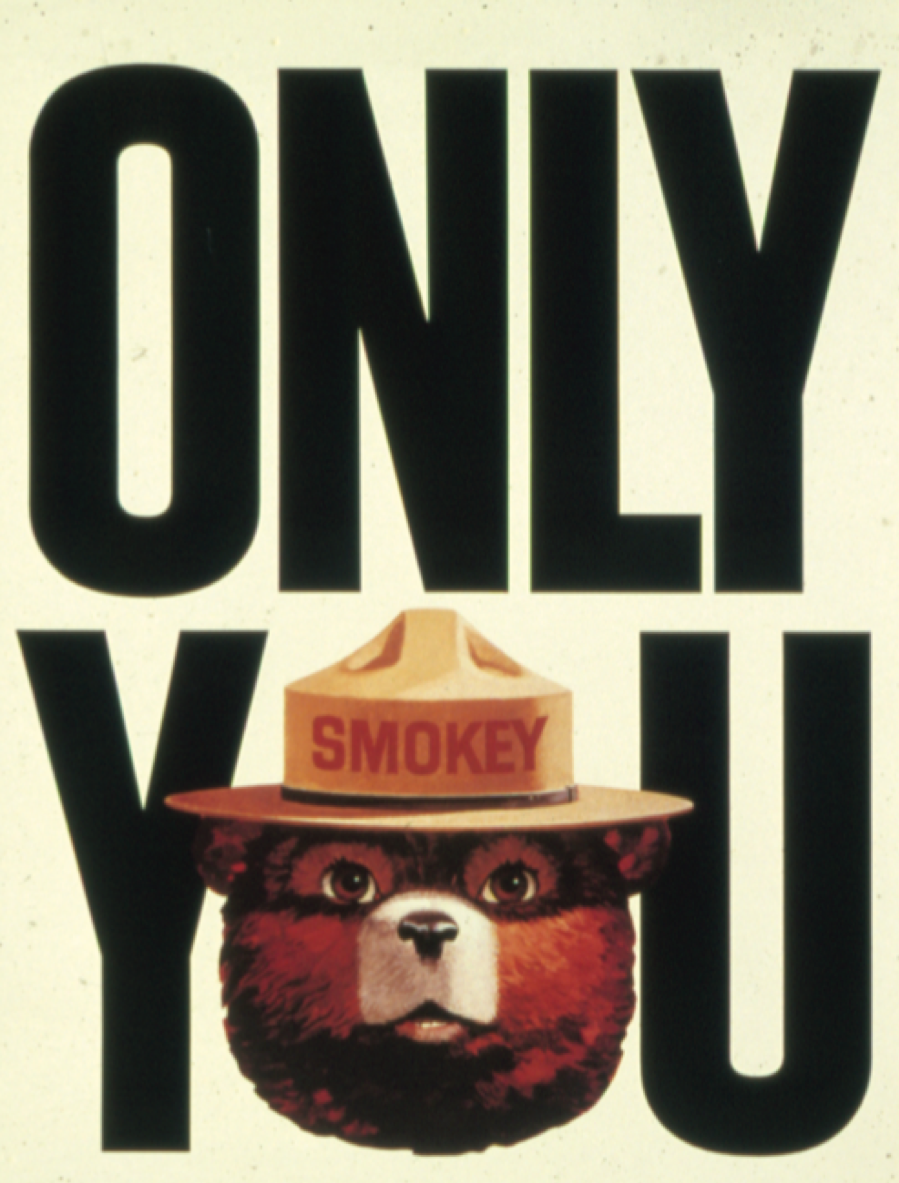Campaign innovation in the public’s interest
written by Dima Itani & Ramsay G. Najjar
Ramsay G. Najjar
Mr. Najjar was a distinguished media and communication expert in the Middle East with nearly 40 years of experience. He founded and chaired Strategic Communication Consultancy (S2C), Saatchi & Saatchi Levant, and Rouge Inc., and was a board member at ALBA's School of Advertising. He also served as President of the International Advertising Association's Lebanon Chapter and the SLAA. A prolific author, he wrote notable books including Arab Philosophy Through History and The Right Not to Remain Silent. In October 2019, he joined Azm University's Board of Trustees, contributing his extensive knowledge to enhance the institution’s mission.

